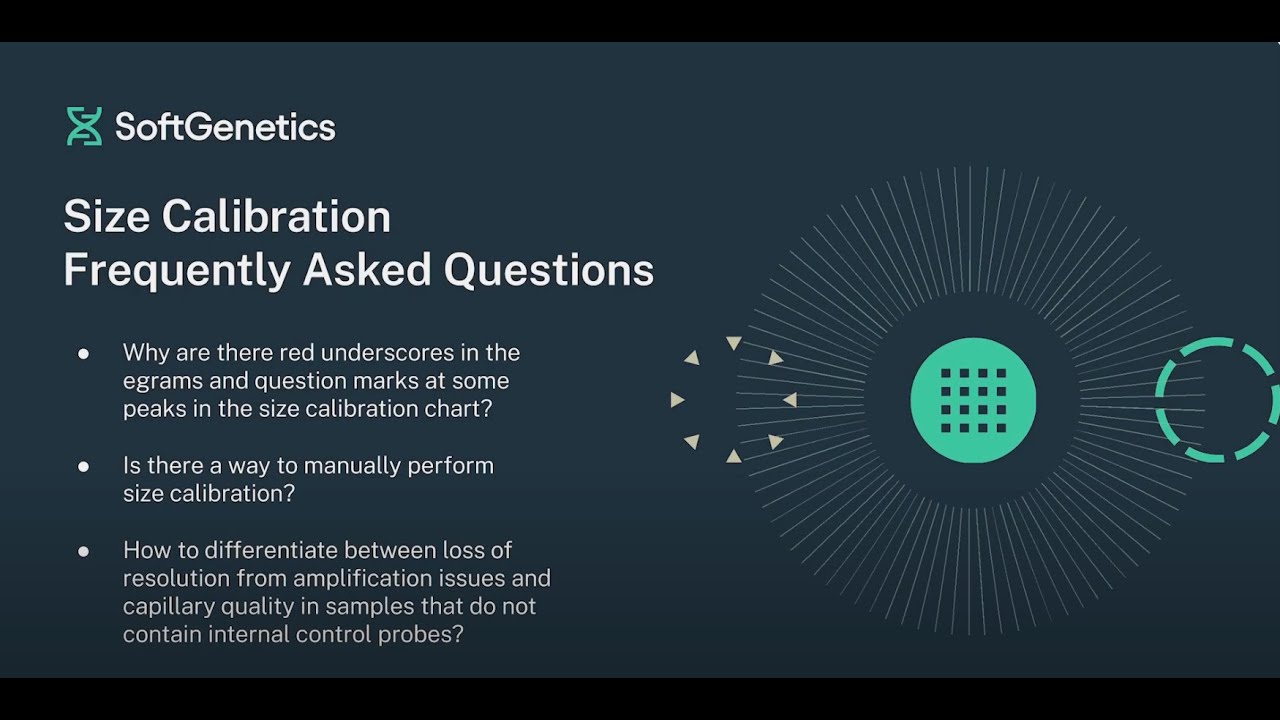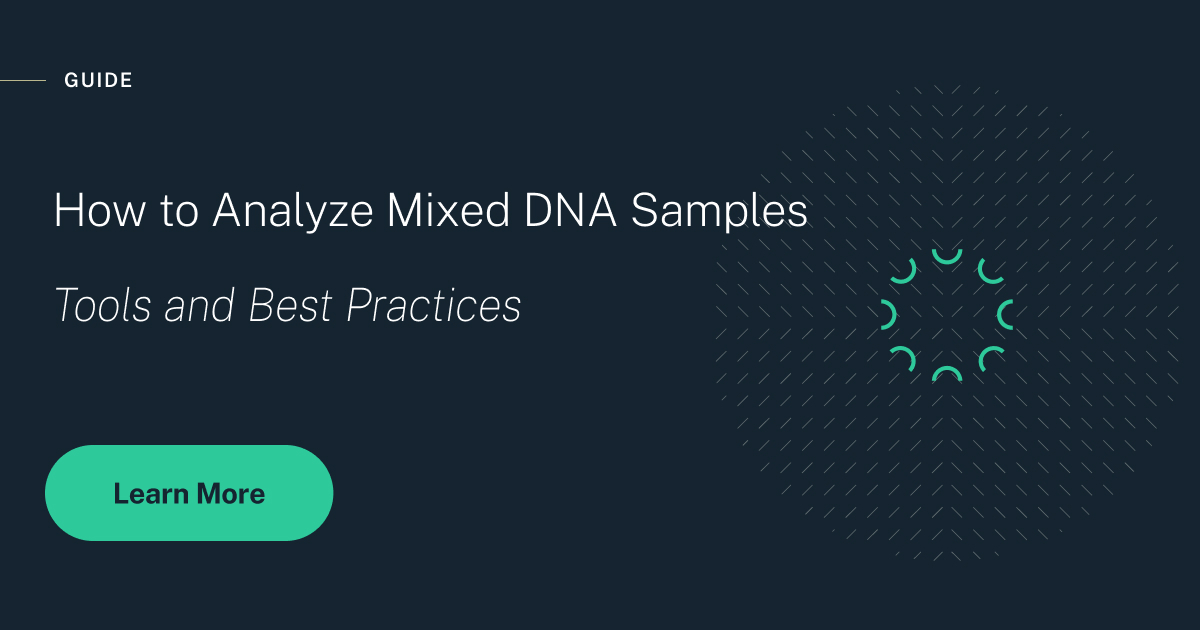How to Analyze Mixed DNA Samples: Tools and Best Practices
Mixed DNA samples, containing material from multiple contributors, present unique challenges in variant detection, especially in forensics, cancer research, and contamination studies.
This guide explores common challenges, best practices, and the role of dedicated software tools in mixture analysis.
What Is a Mixed DNA Sample?
A mixed sample includes DNA from two or more individuals or multiple sources. This can occur through:
- Crime scene or forensic evidence
- Sample contamination in clinical/research settings
- Mixed tissue samples (e.g., tumor-normal)
- Prenatal or post-transplant samples
- Heteroplasmy of mitochondrial DNA
Challenges in Analyzing Mixed Samples
- Distinguishing true variants from sequencing artifacts
- Quantifying allele frequencies from minor contributors
- Identifying contaminating sequences
- Detecting rare or low-VAF alleles
- Inadequate assumptions in standard variant callers (e.g., diploidy, single-source)
Best Practices
-
Use mixture-aware software that considers allele ratios
-
Visualize read alignments or chromatograms to identify mixed peaks
-
Apply filters based on minor allele frequency (e.g., 1–5%)
-
Confirm key findings with orthogonal methods
-
Normalize across replicates to detect consistent minor contributors
SoftGenetics Solutions
-
-
NextGENe® supports allele frequency-based filtering and visual comparison of reads across samples.
-
Mutation Surveyor® flags overlapping peaks and heterozygous mixtures in Sanger traces using both forward and reverse strands.
-
-
-
NextGENeLR™ enables long-read analysis in mixed samples, resolving structural contributors.
-
Start your journey with a free 35-day trial of SoftGenetics software and experience the difference in variant detection analysis.
Advanced Consideration
Expert users analyzing mixtures — especially in forensic or oncology contexts — often require specialized approaches:
- NextGENe provides allele balance metrics that can be exported for use in probabilistic mixture models (e.g., beta-binomial, maximum likelihood via Mixemt or Lab Retriever).
- Multi-locus profiling: Combine SNP and STR data to increase discriminatory power.
- Discordant allele flagging: NextGENe highlights alleles not found in expected contributors for follow-up.
- Contamination detection: Analyze run metrics to identify subtle contamination in replicates or longitudinal samples.
- Sanger confirmation: Mutation Surveyor enables high-resolution review of mixed chromatograms, confirming allelic dropout or confirming minor peaks especially for double strand sequencing analysis.
These features allow for accurate contributor estimation, mixture deconvolution, and confident decision-making in regulated environments.
Conclusion
Mixed DNA analysis is challenging but manageable with the right tools. Whether working in forensics, oncology, or contamination control, SoftGenetics provides solutions that support both standard and advanced workflows.
Get started with SoftGenetics today
Start your free 35-day trial















